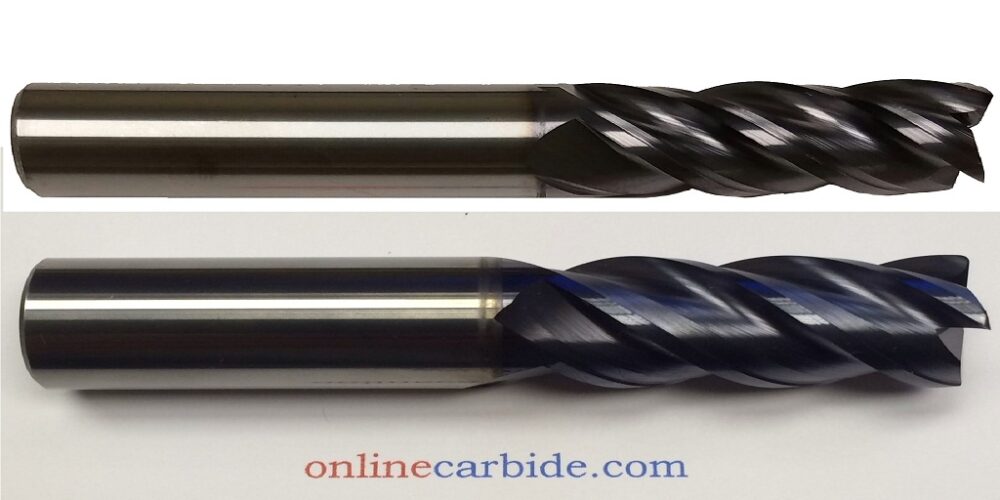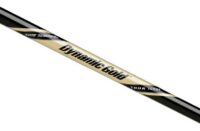In the manufacturing industry, speed is an extremely important factor. Increased speeds not only represent a higher stack of finished pieces at the end of each shift. It also improves your part-to-cost ratio, widening your margins and allowing you to stay competitive.
However, there are reasons for wanting to remain below a certain threshold when it comes to milling speed. More speed means more heat, more wear, less accuracy, and, of course, more chatter.
All machinists have to deal with these problems on a regular basis. Carbide tools have proven to be able to withstand temperatures that go way beyond anything steel can resist. They are also extremely rigid, making them resistant to wobbling or walk-off instances. However, chatter is still a problem, especially when you try to reach your tool´s speed potential.
Contrary to what most believe, chatter is not caused by your tool wobbling out of control, or even by aggressively engaging your material. Instead, chatter is caused by the material´s natural harmonic resonance and its interaction with your tool.
The tool flutes strike the material at regular intervals producing a constant vibration. On the other hand, with each pass, the flutes leave behind an imperceptible wavy pattern on the part surface. When the tool comes back, it interacts with the wavy patterns. At the right speed, the tool and the part will start resonating together producing that ear-splitting noise we all know as tool chatter. This is why ear protection has become extremely important in milling environments.
Some people only worry about the auditory effects of chatter. However, chatter can cause other problems such as irregular finishes, a decrease in part accuracy, and even reduce the tool´s life.
As we pointed out, tool rigidity helps combat tool chatter as it makes it difficult for the tool to vibrate. However, at higher speeds, harmonic resonances become almost impossible to control.
The Genius Of Variable End Mills
Tool engineers have extensively studied the chatter phenomenon for decades. What they discovered is that, if they managed to find a way to have the tool strike the material at irregular intervals, they could move the chatter threshold away. This would mean machinists would be able to increase speeds without fear of producing unwanted vibrations.
The idea was to create tools that were intentionally asymmetrical. The problem with tool asymmetry is that it could potentially create weak spots that put the integrity of the tool at risk.
Engineers and tool designers came up with two different approaches.
Helix asymmetry and variable flutes. Variable helix end mills change the helix angle from flute to flute. However, flute length remains constant, creating an effect that changes the distance between the flutes striking the workpiece, without compromising flute spacing, especially at the base of the end mill.
The other approach is creating variable end mills where the asymmetry is applied to the flute pitch. In variable end mills, each flute is separated from the next at slightly different angles, so they each strike the material at irregular intervals. This interrupts harmonic vibrations and reduces the risk of chatter.
High-performance workshops appreciate the advantages that variable end mills bring to the table, usually allowing them to increase milling efficiency. However, you need cutting tools made by true veterans. Online Carbide is the most reliable carbide tool supplier for workshops in America. Their high-end tools are specifically designed to increase performance while reducing overall costs by cutting the middleman, effectively reducing costs by offering manufacturer-direct prices. Contact them today and find out more about their incredible carbide tools and variable end mills.









![[Pretty Much] Everything You Wanted to Know About Unicycle Seatpost Clamps](https://www.enewsdiary.com/wp-content/uploads/2023/09/1024512-64-90x60.jpg)


